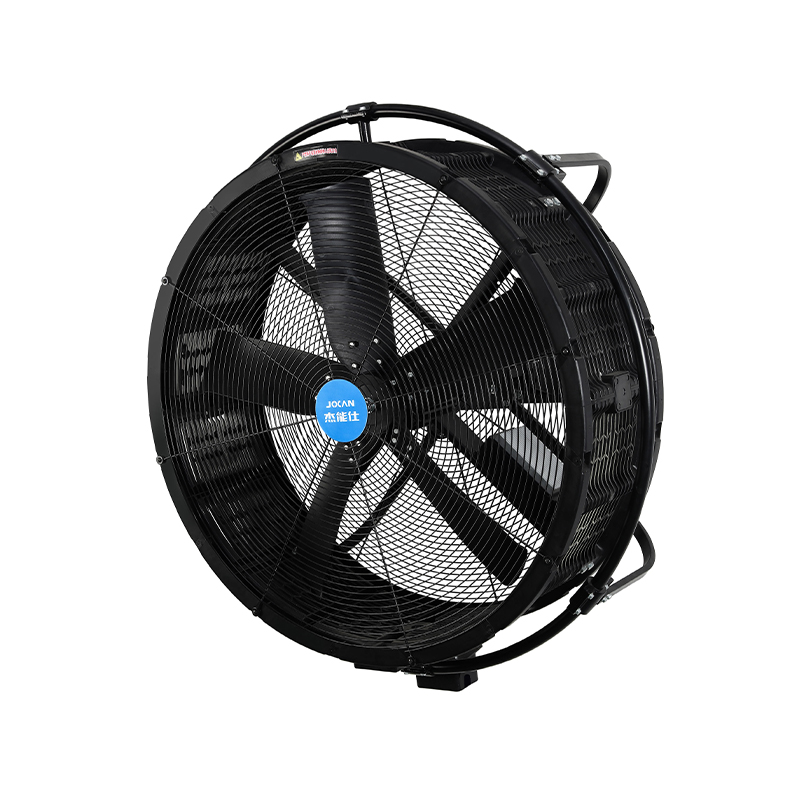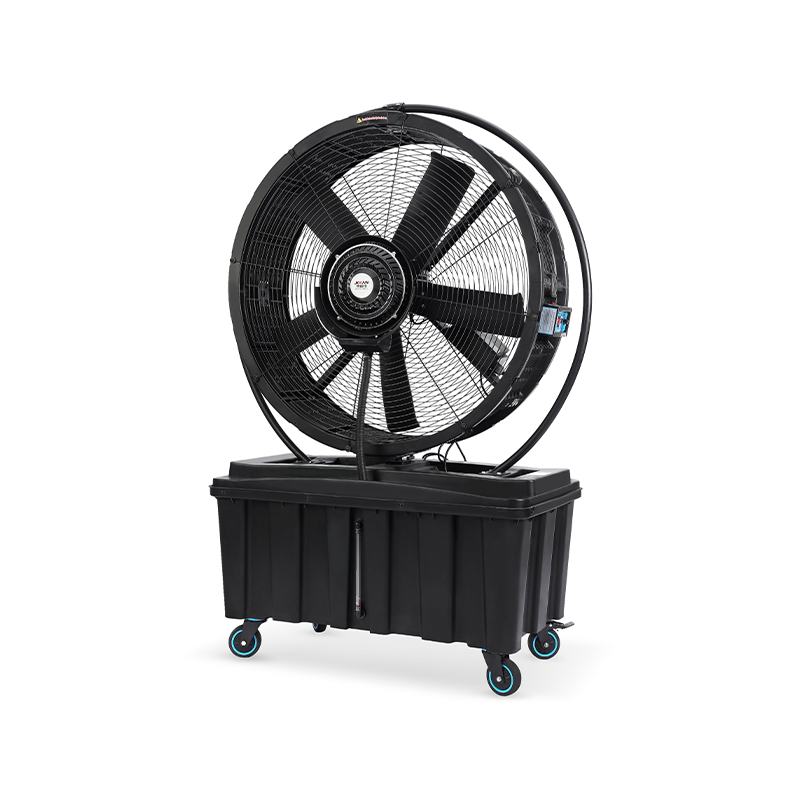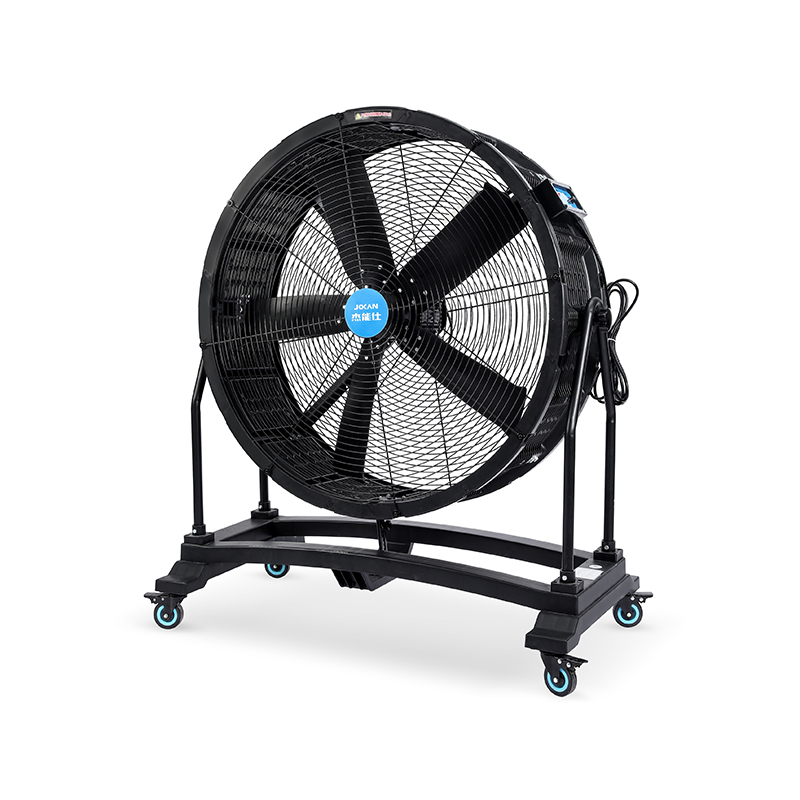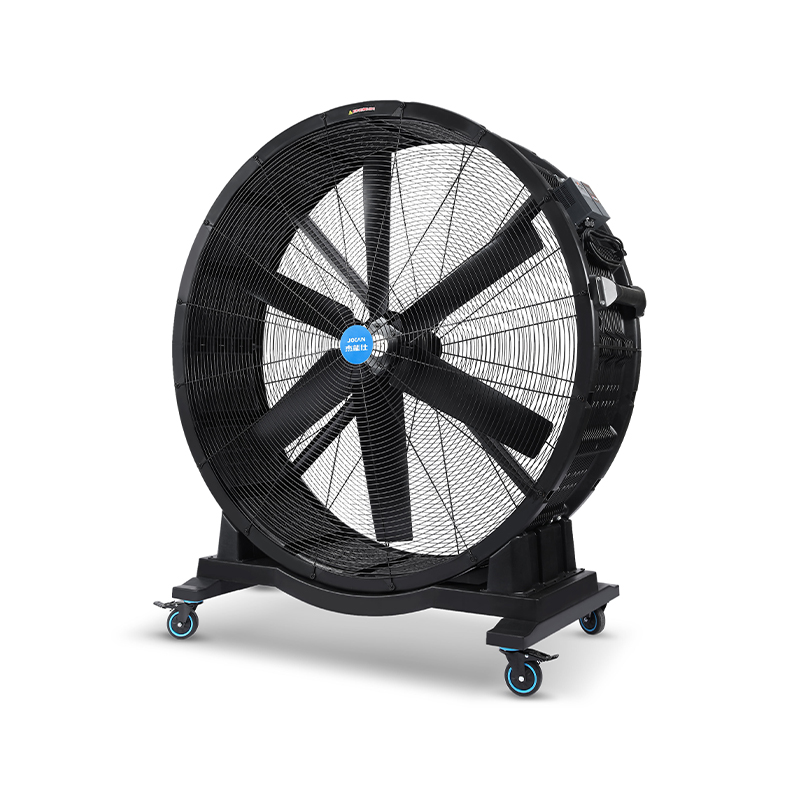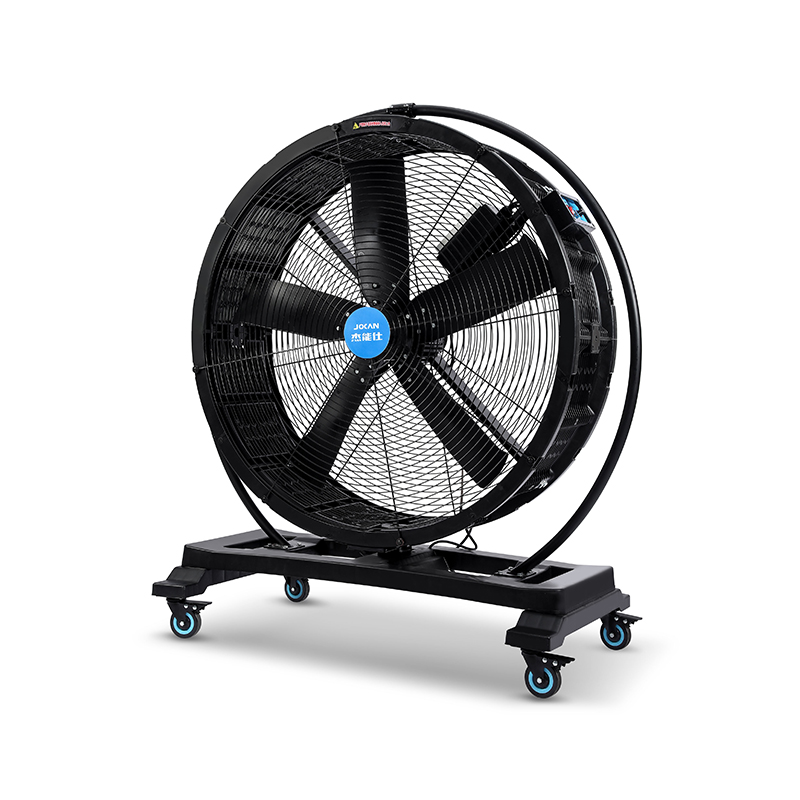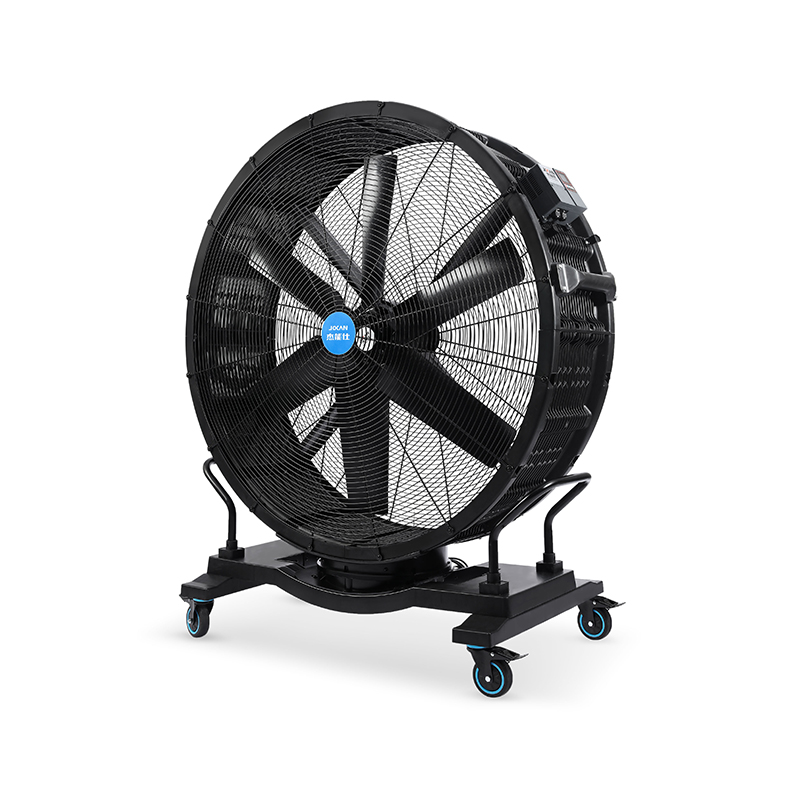A growing number of buildings today are adopting energy-conscious practices, and ventilation plays a key part in this transition. An EC fan combined with a fresh air fan offers an effective way to balance indoor comfort, air quality, and energy efficiency in green building design. By ensuring continuous air circulation, these systems support healthier indoor environments while aligning with sustainable construction goals.
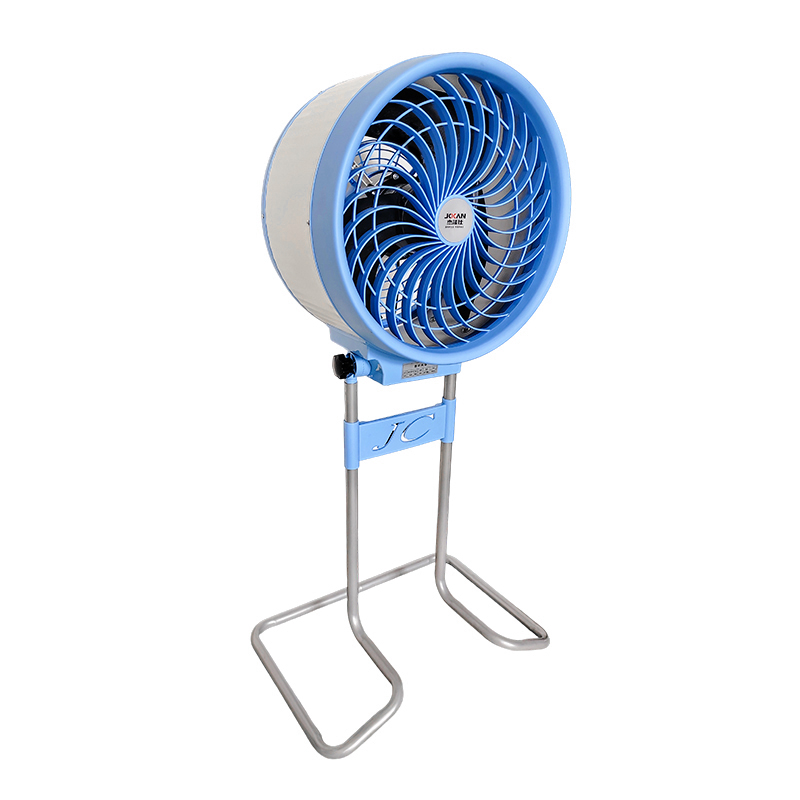
Fresh Air Fan in Green Building Applications
In green building projects, the inclusion of a fresh air fan is not only about comfort but also about meeting ventilation requirements without excessive energy consumption. Fresh air fans bring outdoor air into indoor spaces, diluting pollutants and regulating airflow. This is especially important in well-insulated buildings where natural ventilation may be limited. By supporting indoor air quality while managing moisture and temperature, these fans help create healthier living and working spaces that align with sustainable building standards.
EC Fan Technology and Energy Savings
While a fresh air fan introduces clean air, pairing it with EC fan technology enhances the system’s energy efficiency. EC (electronically commutated) motors are designed to optimize airflow with variable speed control, allowing the fan to adjust to the exact ventilation demand of a space. Unlike traditional motors that operate at fixed speeds, EC fans consume less energy, generate less heat, and extend equipment lifespan. In the context of green buildings, this makes them a practical choice for reducing electricity usage while maintaining consistent air exchange.
Indoor Air Quality and Occupant Well-being
One of the core objectives of green design is to improve indoor conditions for occupants. Fresh air fans reduce the buildup of carbon dioxide, volatile organic compounds, and airborne particles, which are often trapped in sealed indoor environments. The result is a healthier atmosphere that supports concentration, reduces fatigue, and lowers the risk of respiratory irritation. This makes fresh air ventilation systems highly relevant in offices, schools, and residential buildings aiming for sustainable certifications and long-term wellness standards.
Moisture and Temperature Management
Sustainability also extends to building durability. Excessive moisture indoors can cause mold growth and structural damage, undermining the efficiency of insulation materials. Fresh air fans help control indoor humidity levels by introducing drier outside air, balancing the moisture load across different zones of a building. Additionally, by moving warm or cool outdoor air inside depending on seasonal needs, they reduce the reliance on mechanical heating and cooling systems, indirectly lowering energy consumption.
Installation and Design Considerations
For green buildings, simply installing a fan is not enough. The positioning, size, and capacity of the fresh air fan must be matched to the building layout to avoid energy losses or uneven airflow. Integrating EC fan units ensures that ventilation demand can be fine-tuned according to occupancy levels and room function. Proper system design prevents unnecessary strain on heating and cooling systems, which aligns with energy performance goals.
Maintenance for Long-term Efficiency
Maintaining a ventilation system is vital in sustaining both energy efficiency and indoor comfort. Fresh air fans require periodic cleaning, filter replacement, and inspection to ensure consistent operation. When paired with EC motors, maintenance needs are often reduced because of their durability and lower operating temperatures. Keeping the system in good condition ensures that the energy savings achieved in the initial design phase continue throughout the building’s life cycle.
Supporting Sustainable Practices
The use of fresh air fans and EC fans ties into broader sustainability objectives by lowering energy demand and improving occupant health. Energy audits often highlight ventilation as a significant factor in a building’s energy profile, making efficient fan systems an actionable upgrade for builders and facility managers. By focusing on controlled airflow and optimized performance, these fans contribute directly to green certifications and environmental performance goals.
 Add: Plot 23, Huanglang Industrial Zone, Jinqing Town, Luqiao District, Taizhou City, Zhejiang Province
Add: Plot 23, Huanglang Industrial Zone, Jinqing Town, Luqiao District, Taizhou City, Zhejiang Province
 TEL: +86-13586083215
TEL: +86-13586083215

 English
English English
English عربى
عربى 한국어
한국어


